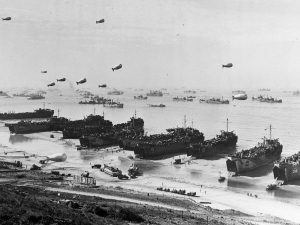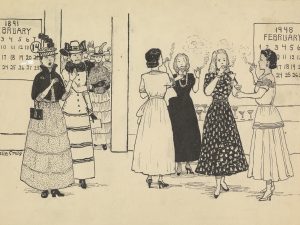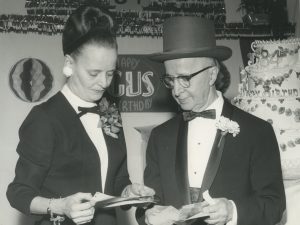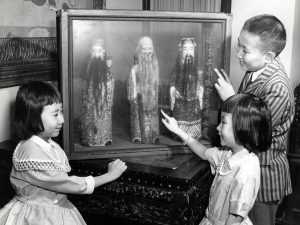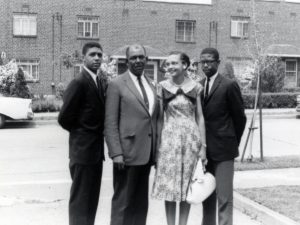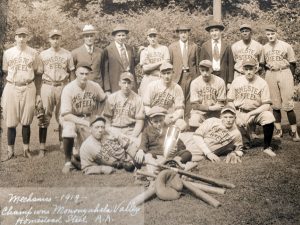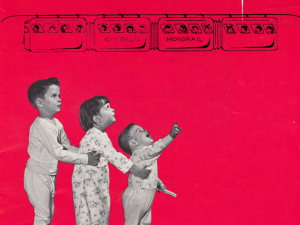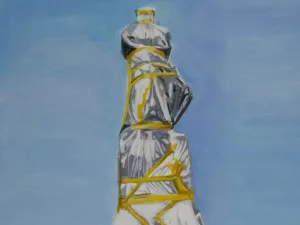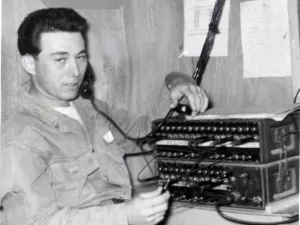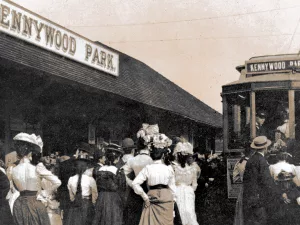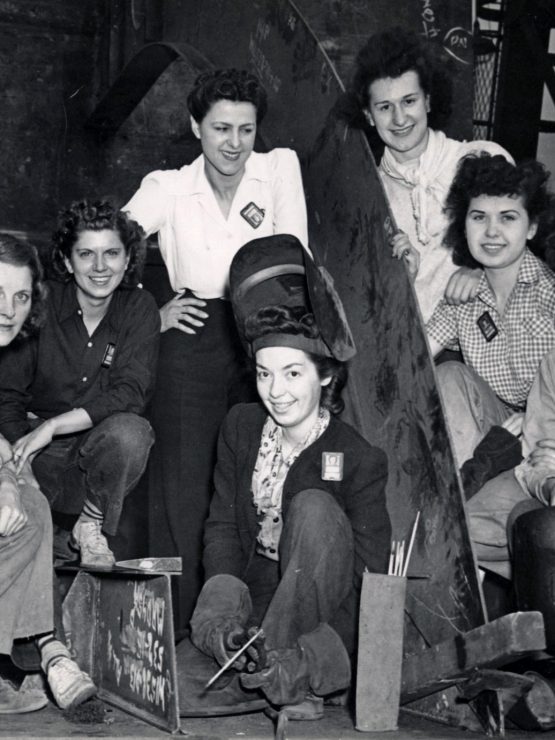
Making History Blog
Pittsburgh’s LSTs: Remembering the “Workhorse” of Normandy
We commemorate June 6, 1944, as “D-Day,” the start of the Normandy invasion and a crucial turning point during World War II. But at the time, nothing about that campaign…
Ambitious Female Journalists: Breaking Rules to Succeed in a Masculine Field
The Great Johnstown Flood of 1889 attracted many ambitious correspondents who hoped to be the first to document the catastrophe. Pittsburgh-based muckraker Cara Godwin Reese arrived at the site alongside…
Gus Miller: Oakland's No. 1 Citizen
When Gus Miller turned 75, his daughter and business partner, Myrtle Mae Miller, decided to turn his birthday into a public event. She invited scores of his friends and loyal…
Celebrating the Lunar New Year in Pittsburgh
Lunar New Year, celebrated by people from East and Southeast Asia, marks the beginning of the new year. Based on the traditional Chinese lunisolar calendar, it begins with the first…
Collection Spotlight: The Gaddie-Truman Family Papers and Photographs
Nestled in Pittsburgh’s East End Lincoln-Lemington neighborhood is the Belmar Gardens housing cooperative. At its conception, the community was celebrated as a solution for middle-income African American families who found…
Homestead’s Asmongas: Sandlot Baseball Tradition in a Steel Town
Homestead, Pa. has an extraordinarily rich sports history. Traditions of success in early professional football, women’s swimming, basketball, and baseball frequently filled Pittsburgh’s sports pages. Through the 1940s, though, town…
Where Were Pittsburgh's Christmas Monorails?
Christmas train rides have long been cherished childhood holiday traditions. But during a few select years in the 1960s, Pittsburgh children could also ride a Christmas monorail.
Columbus, All Wrapped Up?
October 12, the day Christopher Columbus landed his ships on the island of San Salvador in 1492, is upon us yet again. Here in Pittsburgh, the Columbus monument in Schenley…
Citizens’ Arrest: The Case of the Vacca Family’s U.S. Citizenship
In the early 1920s, two immigration acts, the Emergency Quota Act in 1921 and the Johnson-Reed Act in 1924 (later known as the Immigration Act of 1924), placed quotas on immigrants entering the United States. Quota numbers were determined by the National Origins Formula, which restricted the number of incoming migrants based on ethnic populations in 1910 and 1890, respectively. This policy was in use from 1921 through 1965, instituted to curtail the high number of unskilled laborers immigrating from Southern and Eastern Europe.
From Kenny’s Grove to Kennywood, Part 2 of 2
Getting streetcar service to Kenny’s Grove was fraught with drama. In 1897, the Braddock & Duquesne Street Railway was chartered (locals called it the Yellow Line for its yellow-painted cars) but like companies before it, Kenny’s neighbors did not want streetcars to cross their properties. However, the Mellons found a loophole: a public road—even one built by a private company—could use eminent domain to take the land it needed, and the road could include streetcar tracks.
